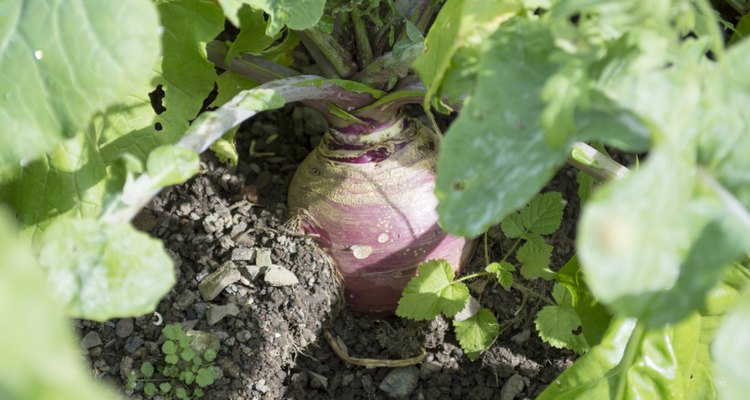
StephM2506/iStock/Getty Images
If you haven't added rutabagas to your vegetable line-up, don't pass on this flavorful root vegetable. Nutritionally, rutabagas provide fiber, vitamins A and C, and potassium. Rutabagas are completely fat free and low in calories, with a 3 1/2-ounce serving containing approximately 145 calories. Eat rutabagas raw or cook them using a variety of methods, including broiling, boiling, steaming, braising or stir-frying. Rutabagas are especially easy to cook in your microwave.
Look for rutabagas measuring 4 to 6 inches in diameter. Select firm, heavy rutabagas with an oval or rounded shape. Avoid rutabagas with cracks, punctures, bruises, soft spots or other signs of decay.
Scrub rutabagas with a vegetable brush under cool running water. Cut off the stem and root ends, then peel the rutabagas with a vegetable peeler or paring knife. Small rutabagas have tender skin and require no peeling.
Cut the rutabagas into 1-inch cubes. Cover the bottom of a microwave-safe baking dish with 1/4 to 1/2 inch of water.
Microwave the rutabagas on high for 6 to 9 minutes, or until the rutabagas are easily pierced with a fork. Stir the rutabagas about halfway through the cooking time.
Remove the baking dish from the microwave. Allow the rutabagas to rest for 3 to 5 minutes before serving.
Toss the hot rutabagas with olive oil or melted butter and sprinkle them with salt and pepper.
Related Articles

How to Cook Purple Turnips

The Best Way to Cook Pumpkin
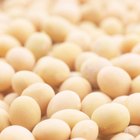
How to Cook Raw Chickpeas or Garbanzo ...

How to Steam Cook Cabbage
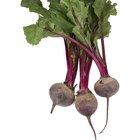
How to Freeze Fresh Beets
How to Cook Raw Carrots in the Microwave
How to Boil Chayote

How to Preserve Rutabagas

How to Juice a Daikon Radish
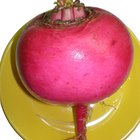
How to Roast Turnips

How Fast Does Cooked Spaghetti Squash ...

Peeling the Spiny Chayote Squash
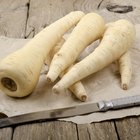
How to Prepare Parsnips

How to Cook Penne Rigate Noodles in the ...

How to Roast Beets for Canning or ...
How to Preserve Kohlrabi
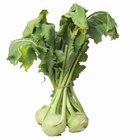
Ways to Cook Kohlrabi
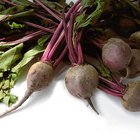
How to Roast Beetroot
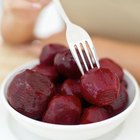
How to Boil Beetroot

Can You Boil Broccoli & Carrots at the ...
References
Writer Bio
M.H. Dyer began her writing career as a staff writer at a community newspaper and is now a full-time commercial writer. She writes about a variety of topics, with a focus on sustainable, pesticide- and herbicide-free gardening. She is an Oregon State University Master Gardener and Master Naturalist and holds a Master of Fine Arts in creative nonfiction writing.
Photo Credits
StephM2506/iStock/Getty Images